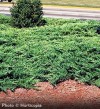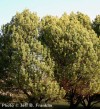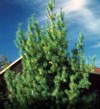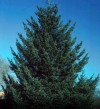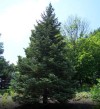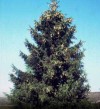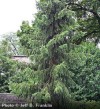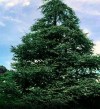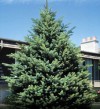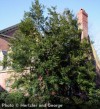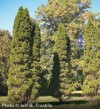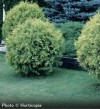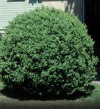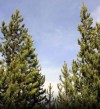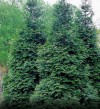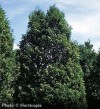plan and inspiration- this is my garden study page, for the painting of my garden- see before, a blank canvas, below.
Patio Garden- midway
part sun and shade-
shadyside to full sun
cedar - growing too big?
sunny side
yellows
Patio Garden- midway
 |
| - before |
| midway through the garden painting |
part sun and shade-
- large oak tree
- mugo pine *****
- red? Wegilia
- Wegilia? wine colored leaves with pink flowers? background plant
- annebelle hydrangia *****
- hydrangia- white blushing bride- blue non stop***
- annebelle viburnim *****
- EuonymusMoonshadow ***
- lime spirea ****
- evergreens boxwood, holly *****
shadyside to full sun
cedar - growing too big?
- hostas- variety *****
- -boomerang butterfly bush - purple ***
- -salvia *****
- -blanket flower *
- -sedum *****
- -lavendar *****
- stella dora ager *****
- Pachysandra *****
added-
Salvia Veronica, impatiens, lambsear
coreopsis lavendar (died in drought)
~~~~~~~~~~~~~~~~coreopsis lavendar (died in drought)
sunny side
yellows
- stella dora *****
- black eyed susan *****
- yellow abrovitae*****
- Yarrow- white
- moore grass- died
- sedum
- lambsear replant
- purple phlox or white?
- loosestrife? veronica salvia ***
- cosmos in pots
- coreopsis (planted, need more)
- digitallis - would like to plant
- box wood *****
- planted sedum *****
- heather died
- euonymus ******
- added sedum small/ Pachysandra - doing well *****
- creeping jenny *****- in pots
- spirea *****
~~~~~~~~~~~~~~~~~
knoll
chive and onions
lily from church
~~~~~~~~~~~~~~
knoll
- tiger lilys orange *****
- lilly stellladora- yellows ******
- purple loosestrife- purple**
- iris- purple blue
- sedum*****
- peony - pink******
- yellow daisy - died
- heather died
- evergreen- blue spruce - ok has mites? Bought ladybugs
- russian sage- *****
- spirea lime green *****
- plant vibernum annebelle next to sage and loosestrife?
- add phlox
- box wood structure or sedum?
- yarrow -white
- med height moregrass?
- tall grass behind?
- need something to give russian sage structure and color behind.
- need a tall green mounding prairie grass behind? or an evergreen
 |
| love this grass!! from pinterest (not my garden) |
chive and onions
lily from church
~~~~~~~~~~~~~~
structure
Yellow foliage really stands out and contrasts well against green plants. Try such stunning options as the Sea of Gold Juniper, with its dramatic golden-yellow foliage; the Sunsation Barberry, which maintains its golden color with an orange cast most of the season; and the Limemound Spiraea, which has bright lemon-yellow leaves that turn orange-red in the fall.
Increasingly popular are plants that offer dark foliage in reds, purples and maroon. The Diabolo Ninebark has intense reddish-purple leaves, while the Heart of Darkness Foamy Bells has fascinating heart-shaped leaves that are cool mint-green with a slight dark burgundy center. Sizzling Pink Fringe Flower is an excellent choice for burgundy foliage. This easy-to-grow plant has rich pink flowers that appear throughout the year against wine-colored leaves. The Cordyline Festival Grass has graceful, strappy leaves that are such a deep burgundy, they nearly appear black.
Blue foliage - yes, blue - can look very striking in the garden. Lots of easy-to-grow and water-wise conifers have a blue tinge, like the Dwarf Alberta Blue Spruce, Icee Blue Juniper and French Blue Scotch Pine. The Eola Sapphire Hosta has large, thick-puckered leaves that get bluer and bluer as the plant ages.
Another hot trend is variegated plants. Variegation means there is more than one color on the leaf. Some stunners are theCanna Tropicanna®, which has huge burgundy leaves striped with yellow, orange and red. The new Tequila Sunrise Mirrorplant has jewel-like foliage that is highly glossed and bright colored. The Variegated Red Twig Dogwood has lovely mint-green leaves edged in sparkling white and it provides the added bonus of blood-red stems in winter, providing spectacular color all year long.
lace leaf maple
dogwood- kousa
lace leaf weeping japanese maple have one- this is not my lace leaf maple






















